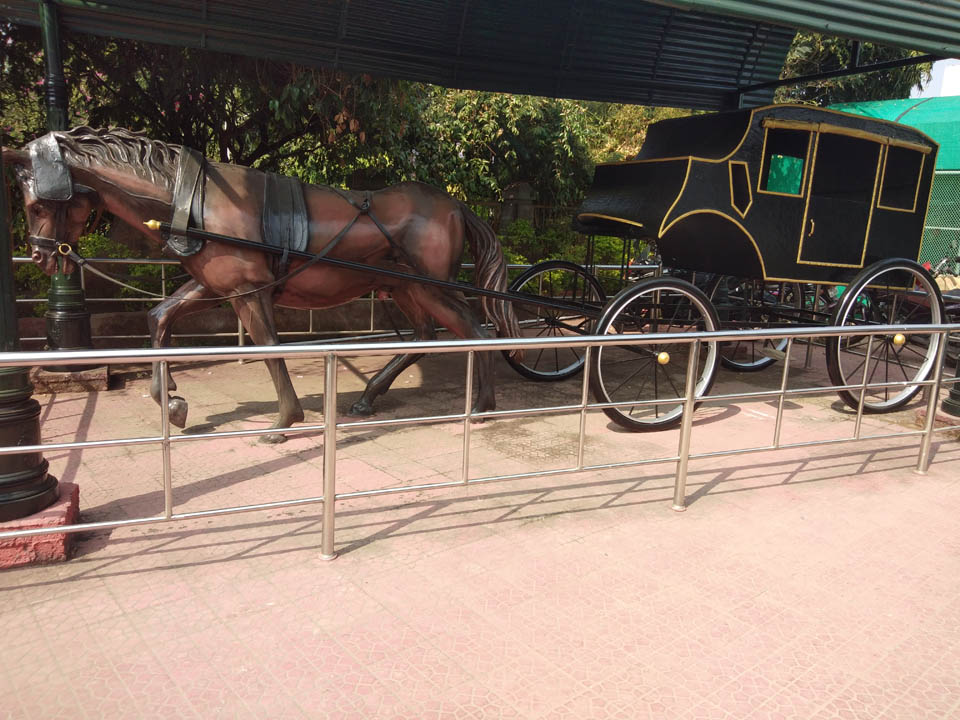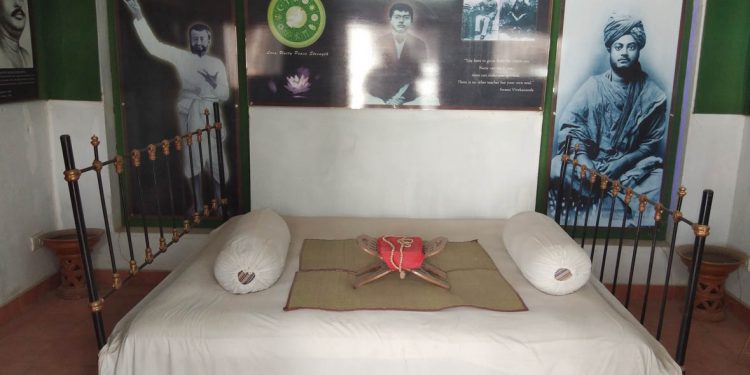“Give me blood, and I shall give you freedom.” Subhash Chandra Bose’s famous slogan delivered at an Indian National Army rally in Burma in 1944 continues to inspire millions. Considered an extremist leader, Bose’s sudden disappearance perhaps will remain a mystery forever. However, despite a Bengali by birth, Bose continues to hold a special place in the hearts of Odias. After all, here’s where the legendary freedom fighter was born.
Today, Janakinath Bhawan at Oriya Bazar, Cuttack is more of a pilgrimage for his admirers. Born on January 23, 1897, Bose spent the first 16 years of his life in this palatial house. It was only in 1954 that Bose’s elder sister-in-law decided to sell the house to Odisha government.
The mansion has seen then remained a template of history. The state initially started a school, Janakinath Bidyapitha, and later converted it into a maternity home, with Bose’s belongings kept in a separate room. That continued for almost half a century, till the 23-room two-storied house was converted into Netaji Birthplace Museum in 2003.

Over the next few years, the mansion was renovated following which it was given the status of a museum of national importance and was opened for public. Steeped in history, the museum attracts more than 2,000 footfalls every day during the winters. Every year on Bose’s birth anniversary, special events are organised and admirers pay homage to the firebrand leader. And this year too it won’t be any different.
Thus it makes an opportune time to visit the museum, which houses memorabilia associated with Bose. A large gate that has sculptures of Bose leading the Indian National Army welcomes you on way to the museum that has a total of 15 galleries. The wall leading to the museum on one side is decorated with graffiti depicting different stages of the life of the great leader. That certainly is enough to make one nostalgic. A garden in front of the house with a replica of the horse carriage family used welcomes you to the museum.
Inside the museum one will find rare photographs of Bose from different stages of his life. Also on display are rare letters that the freedom fighter wrote to his family members during his stay in different jails. One of the biggest attractions is Bose’s INA uniform along with the different weapons and arms used by him. The furniture used by the family can also be found in one of the galleries.
It goes without saying that the museum is an ideal destination for not only visitors but also researchers. The house also has a stable in the backyard and talks a lot about Bose’s childhood. Besides the 22 original letters on display, one will also come across a collection of prized books and rare journals used by the leader.
Jyoti Prakash Das, in-charge of the museum, informs that the government added another three galleries between 2010 and 2013. One of these galleries highlights the spiritual side of Bose. “You cannot be a great leader unless you spiritual. Netaji proved that. This side of Netaji is not much known to the people. Not many know that he always carried a copy of the Gita, a photo of Goddess Kali and rudrakshya beads along with him. Everyone in this country must visit the museum once in his lifetime to get acquainted with the discipline that Netaji followed in his life,” said Das.
Come January 23, and once again Bose’s birth anniversary will be celebrated with great pomp at the museum. “Like every year, this time too day will begin with Prabhat Pheri at 4.30 am. Later in the day the museum holds a quiz and debate competition in collaboration with the district culture department. The department felicitates the winners and arranges cultural events in the evening,” said Arundhati Mishra, the curator of the museum.
Nandini Das, who takes care of the galleries, says that museum is an ideal place for those who are doing research on Bose. “One gets a glimpse of India during the pre-independence period. The replica of the horse carriage in the garden was used by his family and the fiberglass horse in the stable gives it a real feel,” says Das. Another attraction for researchers is the library that boasts a large collection of books published by Netaji in different languages.
“The library has more than 500 books that talk about Netaji’s life. There is also a study that has on display the table, chair and bookshelves used by the Netaji. Another gallery is dedicated to Netaji’s life in prison,” said Das. And for Bose’s admirers there is also a store, where one can find souvenirs. So, if you haven’t been to this museum yet, make sure you don’t miss out this January 23.
SOYONG, OP







































